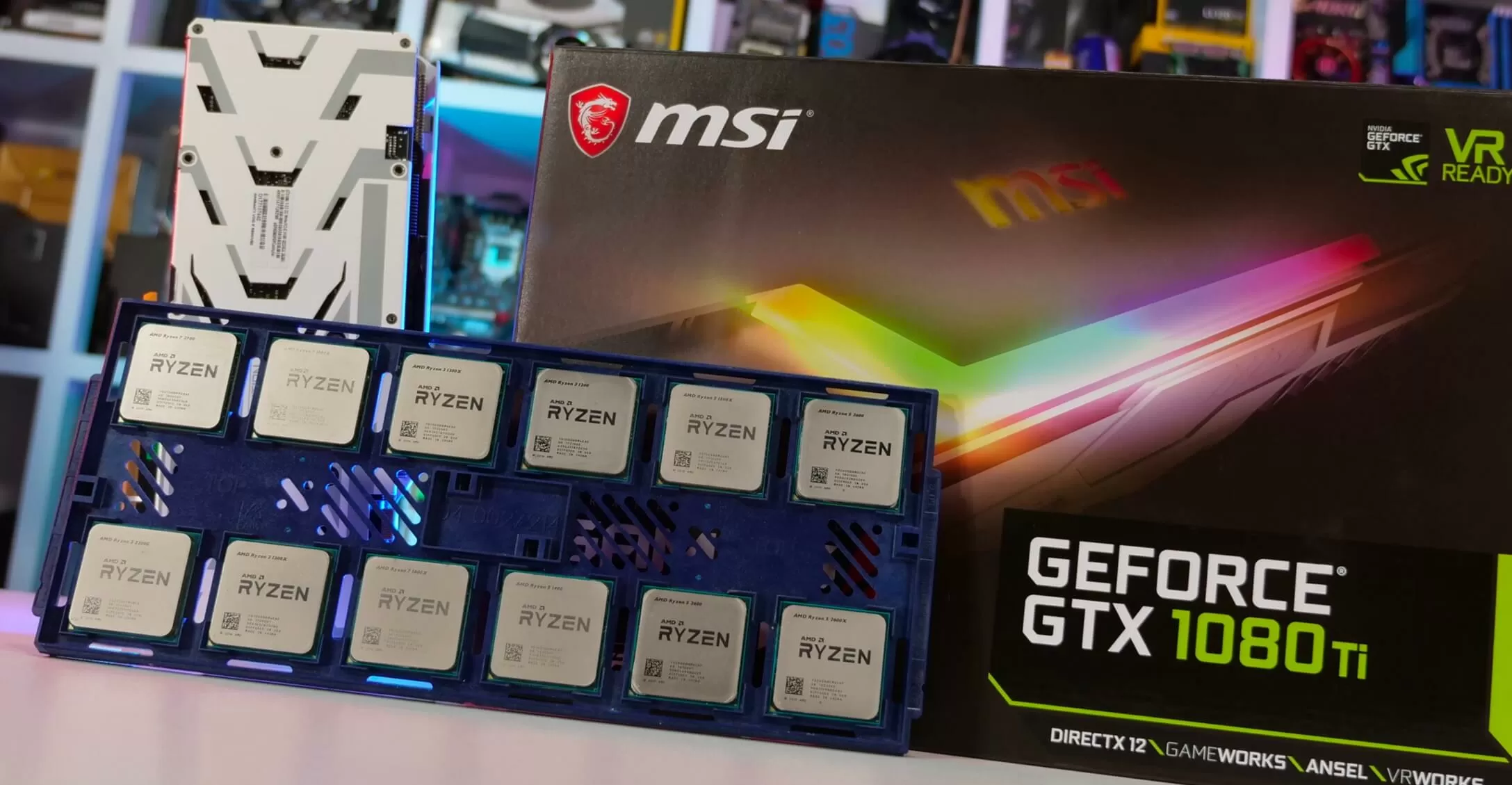The previous generation version of the Core i3-13100 was one of our favorite budget CPUs, so we're keen to see what this updated 13th-gen version has to offer.
https://www.techspot.com/review/2610-intel-core-i3-13100-vs-amd-ryzen-5600/
The previous generation version of the Core i3-13100 was one of our favorite budget CPUs, so we're keen to see what this updated 13th-gen version has to offer.
https://www.techspot.com/review/2610-intel-core-i3-13100-vs-amd-ryzen-5600/
To ensure that any game's performance in the test is 100% limited by the CPU's capabilities.What I don't understand from all Steven's reviews is why he uses the 4090 with such low power CPU's?
This has logic until a certain point.To ensure that any game's performance in the test is 100% limited by the CPU's capabilities.
That really would be a waste of time! 4 CPUs, tested with 12 games, across 14 AMD GPUs and 17 Nvidia GPUs? That's 1488 individual benchmark runs; even if one just does a single test, lasting 90 seconds of gameplay, that's a total of 37 hours of non-stop benchmarking.This has logic until a certain point.
Like taking a 50cc 2BHP engine from a scooter and fitting it to a truck and expecting the truck to move. Also making a review about scaling without including all SKU's from both vendors looks like a waisted time. Scale from a 3050 to 4090 and from 6500 to 7900.
What I don't understand from all Steven's reviews is why he uses the 4090 with such low power CPU's?
A R5 5600 is a bottleneck to anything above RTX3070. Can you please put a GPU usage bar next to the FPS bars?
I'm sure it's way below 80% GPU load.
Beside the looks and the function, video cards from AMD and Nvidia are very different.To promote 6950XT, obviously. As you can see, sub $800 GPUs don't care if you are running i3, i5, ryzen 5,7, whatever.
Correct the time needed for this king of analysis it's big. But at least 2 from each vendor are needed to come to a conclusion.That really would be a waste of time! 4 CPUs, tested with 12 games, across 14 AMD GPUs and 17 Nvidia GPUs? That's 1488 individual benchmark runs; even if one just does a single test, lasting 90 seconds of gameplay, that's a total of 37 hours of non-stop benchmarking.
True, but I see only one Nvidia card here.All that's truly required for a CPU face-off are two or three graphics cards, one from each vendor, that are powerful enough to ensure 100% CPU limitation in the tests.
To ensure that any game's performance in the test is 100% limited by the CPU's capabilities.

 www.techspot.com
www.techspot.com
Amazing how when AMD starts pulling ahead in a review you see these bizzare comments appear out of nowhere.This has logic until a certain point.
Like taking a 50cc 2BHP engine from a scooter and fitting it to a truck and expecting the truck to move. Also making a review about scaling without including all SKU's from both vendors looks like a waisted time. Scale from a 3050 to 4090 and from 6500 to 7900.
CPU reviews aren't about what CPU+GPU combination is best; it's about ensuring that one can see what difference there is between two central processors when all other variables (or as many as possible) have been removed or reduced to a minimum.
What I don't understand from all Steven's reviews is why he uses the 4090 with such low power CPU's?
A R5 5600 is a bottleneck to anything above RTX3070. Can you please put a GPU usage bar next to the FPS bars?
I'm sure it's way below 80% GPU load.